NCERT Solutions for Ch 5 Measurement of Length and Motion Class 6 Science
Book Solutions1
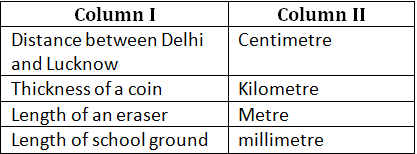
Answer

2
Read the following statements and mark True (T) or False (F) against each.
(i) The motion of a car moving on a straight road is an example of linear motion. [ ]
(ii) Any object which is changing its position with respect to a reference point with time is said to be in motion. [ ]
(iii) 1 km = 100 cm [ ]
Answer
(i) True (T)(ii) True (T)
(iii) False (F)
3
Which of the following is not a standard unit of measuring length?
(i) millimetre
(ii) centimetre
(iii) kilometre
(iv) handspan
Answer
(iv) handspan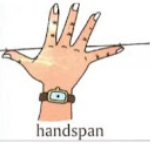
4
Answer

5
Answer
We know that 1 km = 1000 m∵ 1 km = 1000 metres
∴ 1.5 km = 1.5 × 1000
= 1500 metres
The distance between my school and home is 1500 m.
6
Answer
We will use a flexible measuring tape or a piece of thread to measure the length of the curved part of the base of glass or bottle.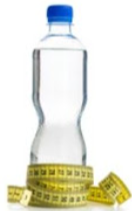
First, we will place the tape or thread around the round base and after that we will measure the lenght of tape or thread on the measuring instrument.
7
Measure the height of your friend and express it in:
(i) metres
(ii) centimetres and
(iii) millimetres.
Answer
We know that,1m = 100 cm and,
1cm = 10mm
So, if the height of the friend is 1.55 metres.
(i) Metres = 1.55 m
(ii) Centimetres = 155 cm
(iii) Millimetres = 1550 mm
8
Answer
We will place the coin on the side of the notebook and then count the number of coins.
For verification, measure the actual length of the side of the notebook and the diameter of one coin.
Divide the length of the notebook by the diameter of the coin to find the exact number of the coin needed.
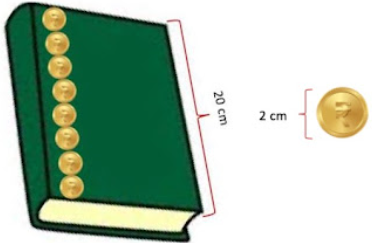
Diameter of the coin = 2cm
Length of the notebook = 20 cm
Number of coins to be placed on the book to cover the whole length = 20/2 = 10 cm
9
Answer
• Linear motion:A car moving on a straight road, an object dropped from height.• Circular motion:Motion of ceiling fan, movement of satellite around earth.
• Oscillatory motion: A swinging pendulum, vibrating strings of guitar.
10
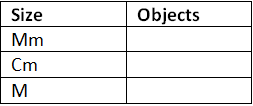
Answer
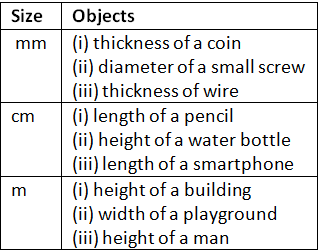
11
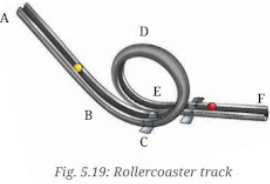
Answer
From point A to B: Linear motionFrom point B to C: Circular motion
From point C to D: Circular motion
From point D to E: Circular motion
From point E to F: Linear motion
12
Answer
Tanseem shouldn’t use the following materials:
i.Stretchable rubber: It can be stretched easily and cannot give precise measurements.
ii. Cloth: It can be stretched and wrinkled which make it unfit for measurement.
iii. Paper: It is very fragile and can be deform and tear easily.
Plywood and steel are more suitable as they maintain consistent lengths.
13
Answer
Create cards with different lengths and corresponding units (mm, cm, m, km). Each card can have a length in one unit and players must match it to its equivalent in another unit.For example, a card with “100 cm” would match with “1 m”.